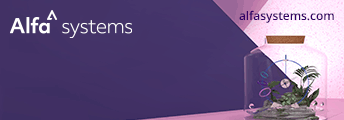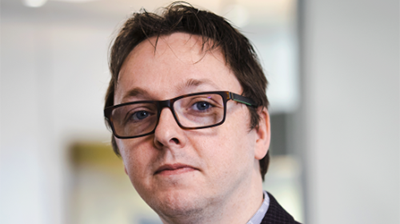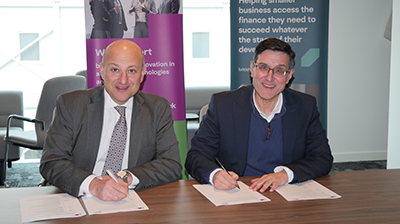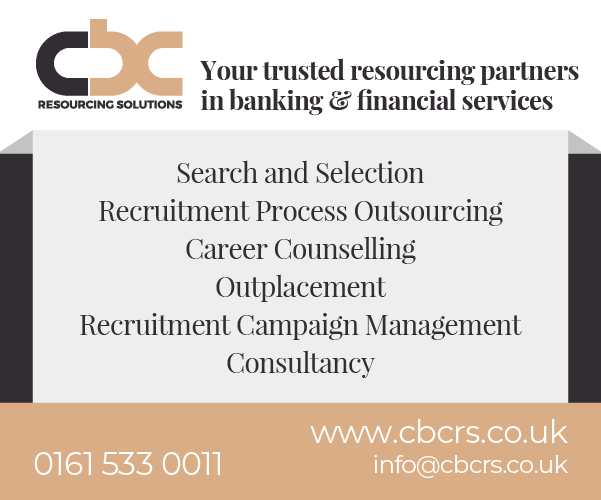
The world of business is changing. Organisations no longer expect their established machinery, equipment and technology landscape to keep them competitive across a decade.
The Internet of Things (IoT) enables equipment and technology performance to be remotely monitored, analysed, improved, predictively maintained, and made more efficient. Virtual environments are bringing new products and processes to market more quickly.
This has enabled finance providers to increase transparency in how equipment and technology are being used; allowing them to base tailored financing arrangements on the expected business benefits resulting from the use of that technology.
Pay-for-outcomes
Over the last few years, there has been significant growth in the availability of and interest in the idea of paying for business outcomes, rather than paying to use the technology that the acquirer believes will produce beneficial outcomes.
The emergence of a new generation of digitalised technology that links people, technology and organisations has made it possible to closely align what is paid by private- or public-sector organisations with the expected business benefits. The notion is now being more widely discussed as the emerging business models across healthcare, manufacturing, and buildings and infrastructure.
Finance and technology are being combined into an integrated value proposition where the solution provider offers organisations the possibility of paying for expected business outcomes, such as productivity improvements, optimised uptime, precise performance gains, cost reduction or reduced energy usage.
Being able to pay for business outcomes transforms the reliability of financial planning in a range of sectors. Not only are costs more transparent, the risk of technology obsolescence, capital commitment, and so on are avoided.
‘Business outcomes’ may take many forms, depending on the priority of the end-user organisation.
Manufacturing companies usually seek one (or more) of four business outcomes: reduced cost per manufactured product unit (through, e.g., faster production rates, reduced setup time, etc.); reduced operating overheads (for instance, lower energy consumption); ability (and agility) to deliver product variations to each customer without cost penalty; and faster product development (e.g., through virtual testing capabilities) – all of which lead to greater competitiveness, new market penetration and overall growth.
In buildings and infrastructure and the service sector, valued business outcomes include:
● reduced energy usage and a better environmental footprint (lighting, heating, air-conditioning, etc.);
● better security (through smart systems that return data on people movements;
● improved safety (IoT capabilities allow the building to “talk” and maximise pre-emptive safety measures as well as optimise emergency response); and
● utilisation analysis (through Internet of Things, a critical feature for organisations to optimise their estate efficiency).
In healthcare, the business outcomes in focus comprise:
● increased quality and accuracy of the diagnosis or therapy (to improve patient outcomes);
● reduced cost per procedure (consultation, diagnosis, surgery, other therapy);
● improved patient throughput rates (more people get more treatment with constrained premises and human resources); and
● early and accurate detection (to improve patient health prospects and avoid distressing and expensive lifetime therapies for chronic illnesses).
In order to confidently offer outcomes-based solutions, considerable knowledge of the technologies involved, along with their likely impact on the user organisation, is required.
That “intimacy” with technology and its applications does not tend to be the province of generalist financiers. It requires specialist knowledge and wide experience, along with a close relationship between solution provider and financing partner.
Pay-to-use
Alongside, the emergence of this ‘pay-for-outcomes’ approach, it is likely that ‘pay-to-use’ methods will continue to play an important role in providing access to the latest advances in technology and equipment.
Pay-to-use arrangements, enabled by financing techniques such as leasing, rental and asset finance, have steadily gained ground over the last 20 years as businesses have sought to acquire key operating technology and equipment while broadly spreading payments across the period during which they are gaining advantage from the use of that equipment, machinery or technology.
These arrangements have gained popularity as they support a company’s need to access the required technology to compete without requiring upfront capital and allow the benefits of the equipment’s use to be broadly matched to payments over time while providing a means of avoiding technology obsolescence.
Pay-to-use models are making it possible for manufacturers, service industries, healthcare organisations and even cities, to make necessary technology upgrades and enjoy the business benefits that result. These models are also developing into more sophisticated forms that have flexed to embrace and accommodate trends in the technology markets.
Our research suggests that both pay-for-outcomes and pay-to-use finance models will continue to gain popularity.
The result for organisations is the fusion of technology provision, maintenance, finance, updating, support, and so forth into a single, integrated value proposition. Embedded finance (where finance is an intrinsic part of the sales proposition) will continue to grow in importance as one of the key factors making such pay-for-outcomes business models work.
Julian Hobbs is sales director at Siemens Financial Services
This article is based on findings from Siemens Financial Services (SFS) research. The full report, ‘Outcomes and Opportunities’, is available to download here: www.siemens.com/outcomes-and-opportunities






